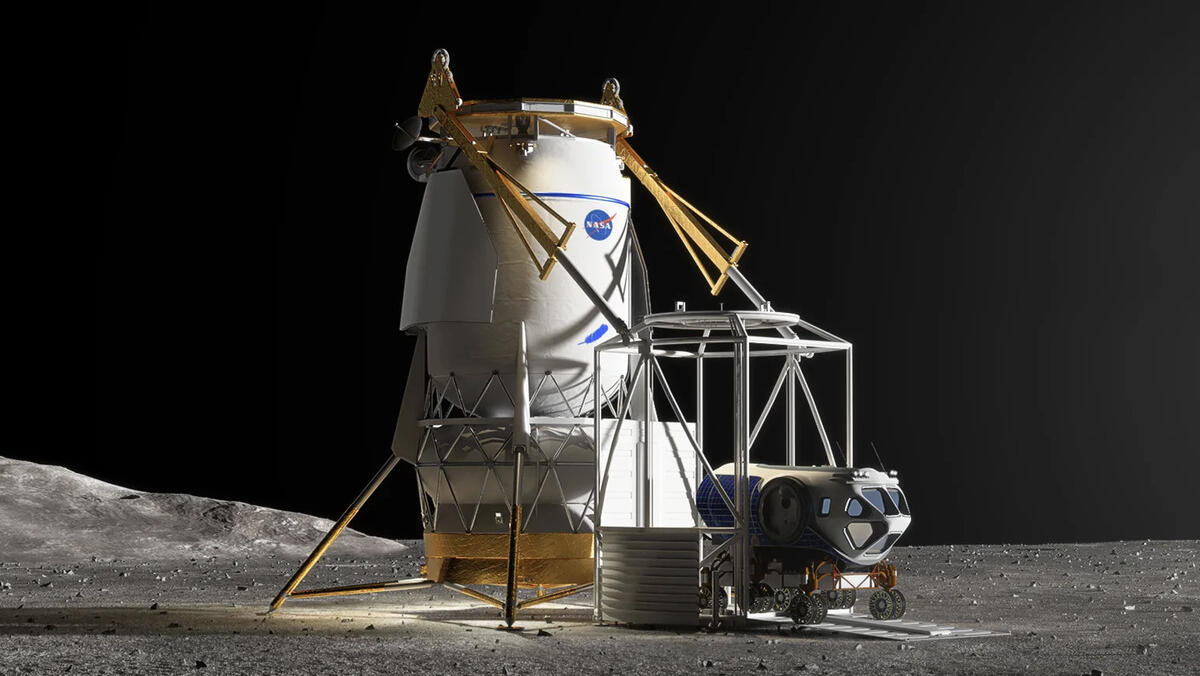NASA has tasked SpaceX and Blue Origin with delivering heavy cargo and infrastructure to the moon, in preparation for its Artemis moon missions.
SpaceX’s large cargo landers will bring a pressurised lunar rover to the moon, and Blue Origin will deliver a lunar surface habitat.
“These large cargo lander demonstration missions aim to optimize our NASA and industry technical expertise, resources, and funding as we prepare for the future of deep space exploration,” said NASA’s Human Landing System programme manager Lisa Watson-Morgan.
“Having two lunar lander providers with different approaches for crew and cargo landing capability provides mission flexibility while ensuring a regular cadence of Moon landings for continued discovery and scientific opportunity,” said Stephen D. Creech, assistant deputy associate administrator at NASA’s Moon to Mars Program Office.
NASA’s Artemis III mission is scheduled for 2026, and will be the first American crewed moon landing since 1972.
SpaceX is expected to deliver its pressurised rover to the moon no earlier than the 2032 fiscal year, and Blue Origin’s lunar habitat is set to arrive no earlier than the 2033 fiscal year.
NASA first asked SpaceX and Blue Origin to develop these cargo landers in 2023. They are expected to carry 12 to 15 metric tonnes of equipment to the moon.
NASA partnered with JAXA, Japan’s aerospace agency, to use JAXA’s pressurised lunar rovers in April. JAXA has been developing these rovers since 2019, alongside Toyota.
“An enclosed and pressurized rover will enable astronauts to travel farther and conduct science in geographically diverse areas by serving as a mobile habitat and laboratory for the astronauts to live and work for extended periods of time,” NASA said at the time.
A lunar surface habitat would house astronauts at the moon’s south pole, acting as a base camp for missions over 30 days.
